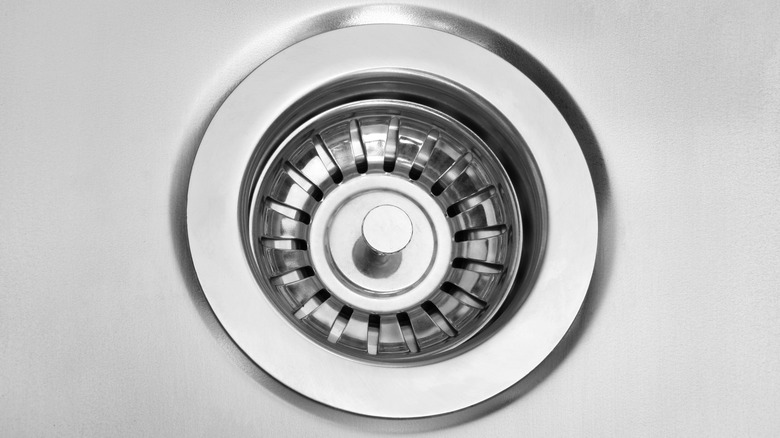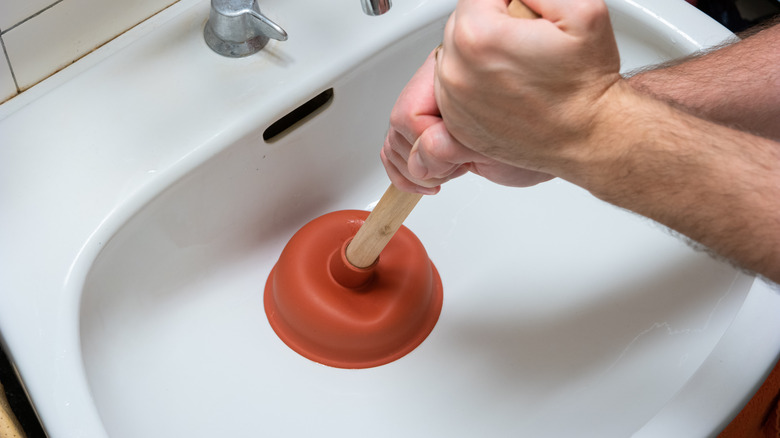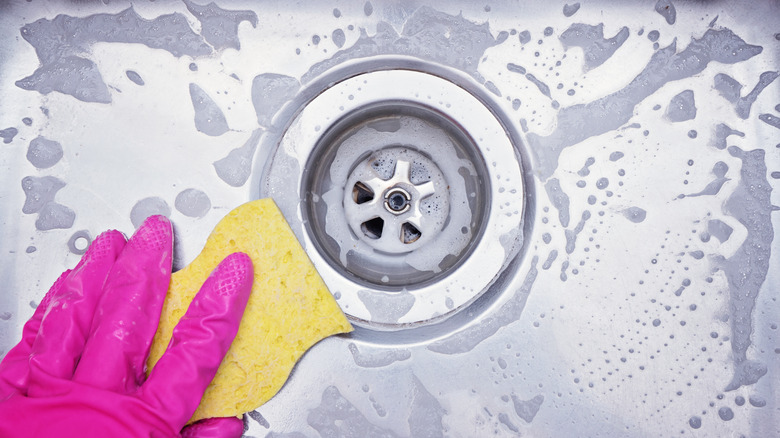How To Remove A Stuck Sink Stopper
The frustration of a stuck sink stopper can quickly escalate, leaving you unable to use your bathroom or kitchen sink properly. Regardless of the cause, the underlying issue must be addressed promptly to restore your sink's functionality. Fortunately, there are several methods you can use to dislodge it, depending on the situation. However, it is crucial to understand the different types of stoppers commonly found in sinks and what is causing yours to stick.
For instance, pop-up stoppers connected to a lever mechanism can become lodged due to debris or linkage problems. Lift-and-turn plugs, operated by rotating them in place, may get stuck if they have been overtightened or have accumulated grime. Corrosion, caused by the reaction between metal and its surrounding environment, can lead to the accumulation of rust and deterioration over time, especially in damp environments like bathrooms or kitchens. The formation of rust can gradually weaken the metal components, making it difficult for the stopper to move freely. Additionally, bad connections within the drain system, such as misalignment or improper installation, can cause the stopper to get stuck. These issues may hinder the smooth operation of the drain plug, impeding its ability to open and close properly.
Unsticking a stopper
First, clear away any visible debris and clean the plug and surrounding area thoroughly. Gently wiggle or twist it while applying slight pressure to encourage it to dislodge. If this doesn't work, use pliers or an adjustable wrench for extra grip and leverage to twist and free the stopper. In some cases, a suction cup or plunger can create a vacuum to lift the stopper out of its stuck position.
In situations where the plug remains stubbornly stuck, it may be necessary to disassemble the parts around it. Start by looking under the sink for a horizontal rod — the pivot rod — connected to the drain pipe. Loosen the retaining nut or clip holding the rod in place and slide it out. Once the rod is detached, try to pull the stopper out of the drain. If it's still stuck, try gently wiggling and twisting it while pulling to free it from any debris or corrosion. If the stopper or any of the sink parts are damaged, replace them. Otherwise, you can clean the stopper and sink parts and put them back together.
Prevent future problems
By implementing a few preventive measures, you can minimize the chances of the stopper becoming lodged in the drain in the future. First, keep the area free from debris by routinely removing any accumulated hair, soap scum, or food particles. Use a drain brush or a small tool to dislodge and remove any buildup. Periodically inspect the mechanism for any signs of wear or damage, and lubricate the moving parts and linkage to ensure smooth operation. Additionally, check the tightness of any screws or bolts and tighten them if necessary.
Consider using drain guards or strainers in your sink to catch debris before it reaches the drain. These inexpensive accessories act as filters, preventing hair, food particles, and other debris from entering the drain and causing potential clogs or other issues. Regularly clean them to remove trapped debris and maintain their effectiveness. Also, avoid excessive force — use gentle yet firm pressure when operating the stopper to prevent unnecessary strain on the mechanism.


